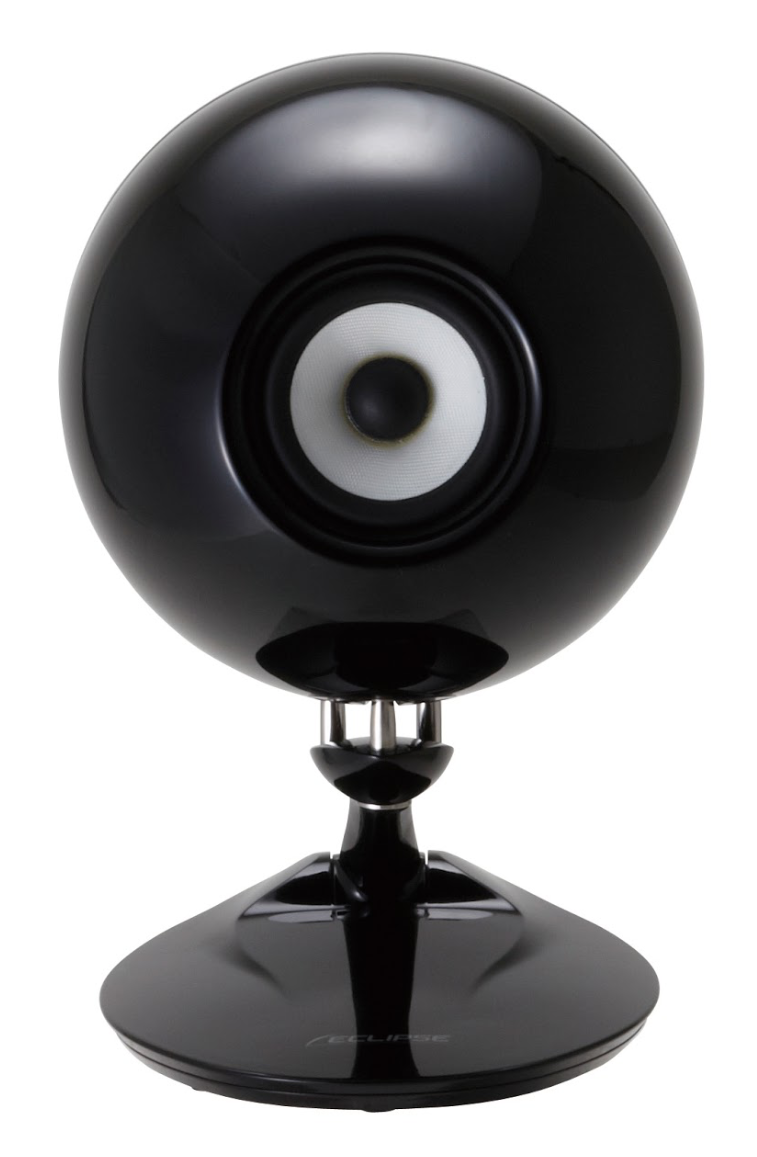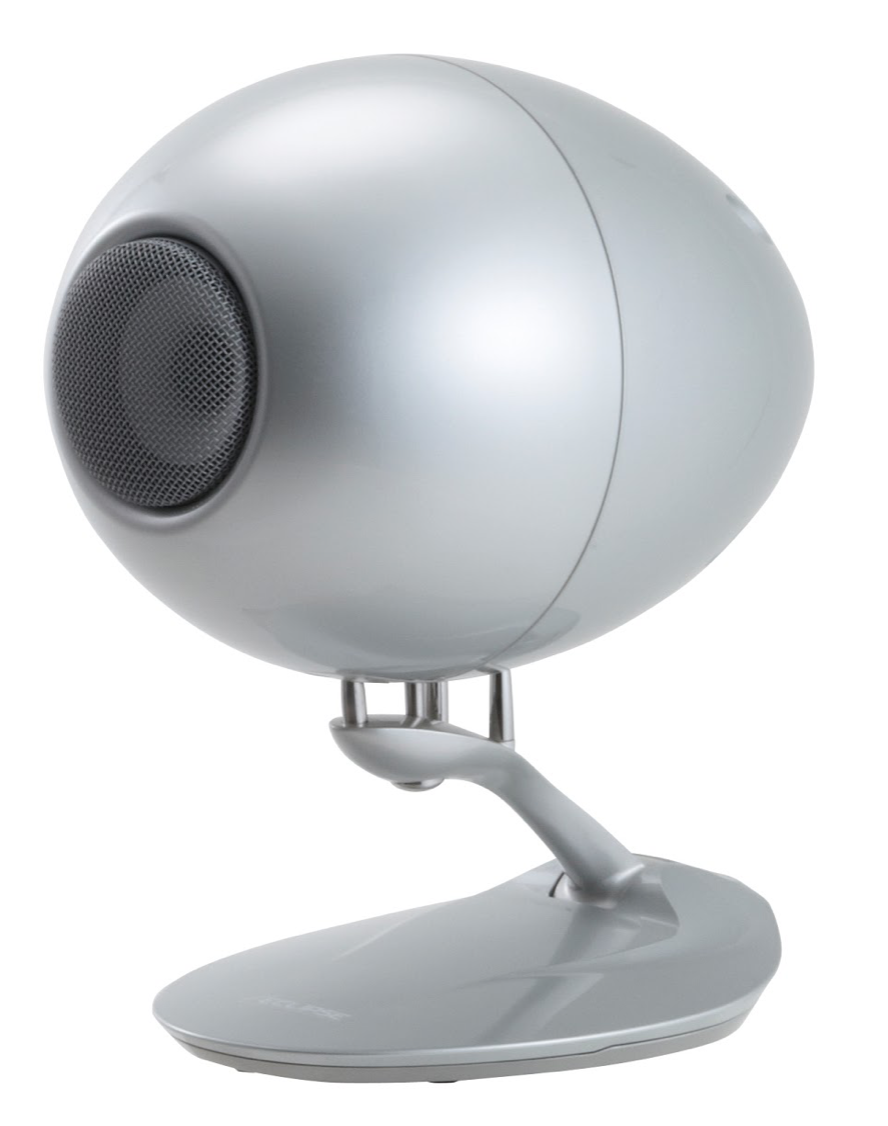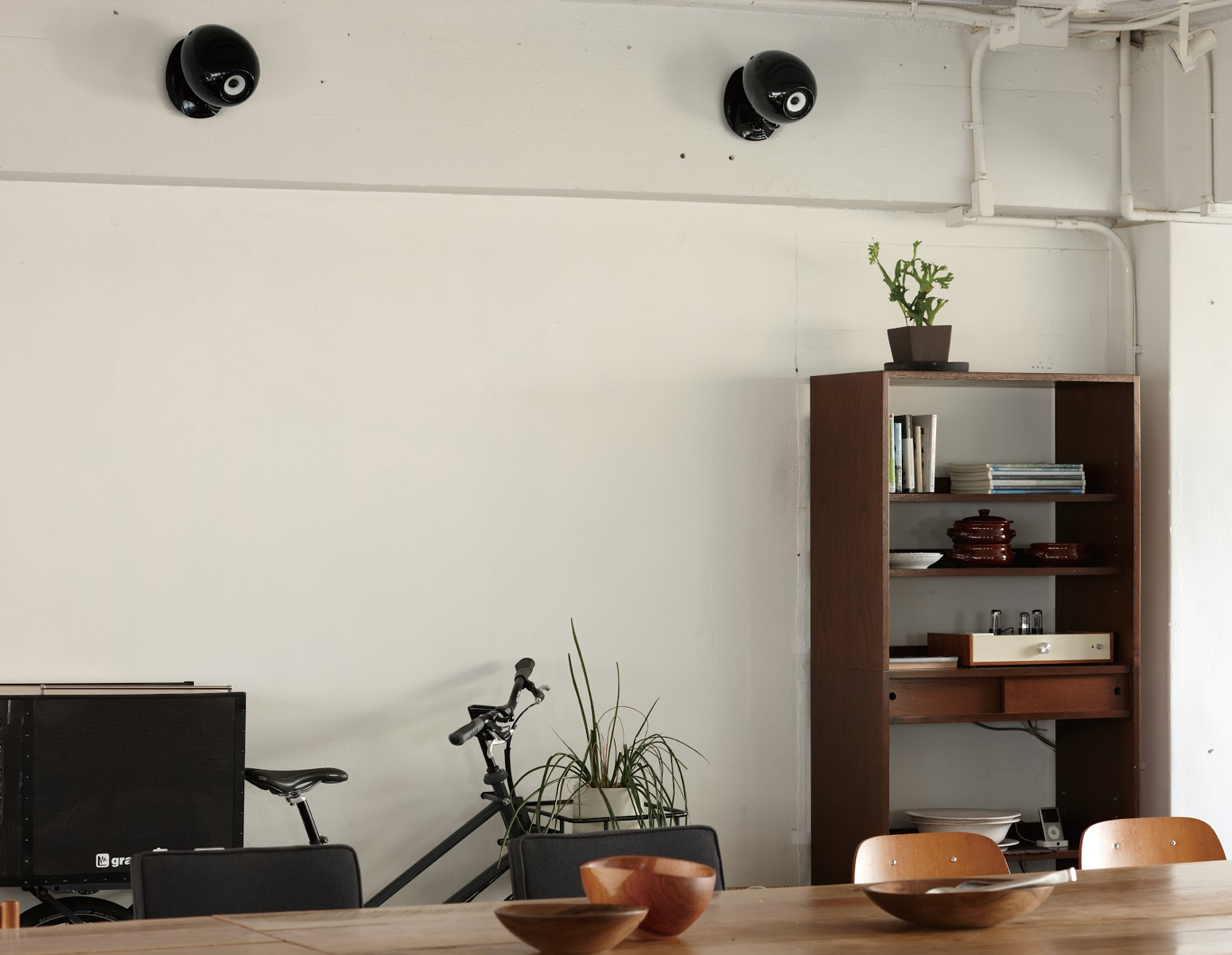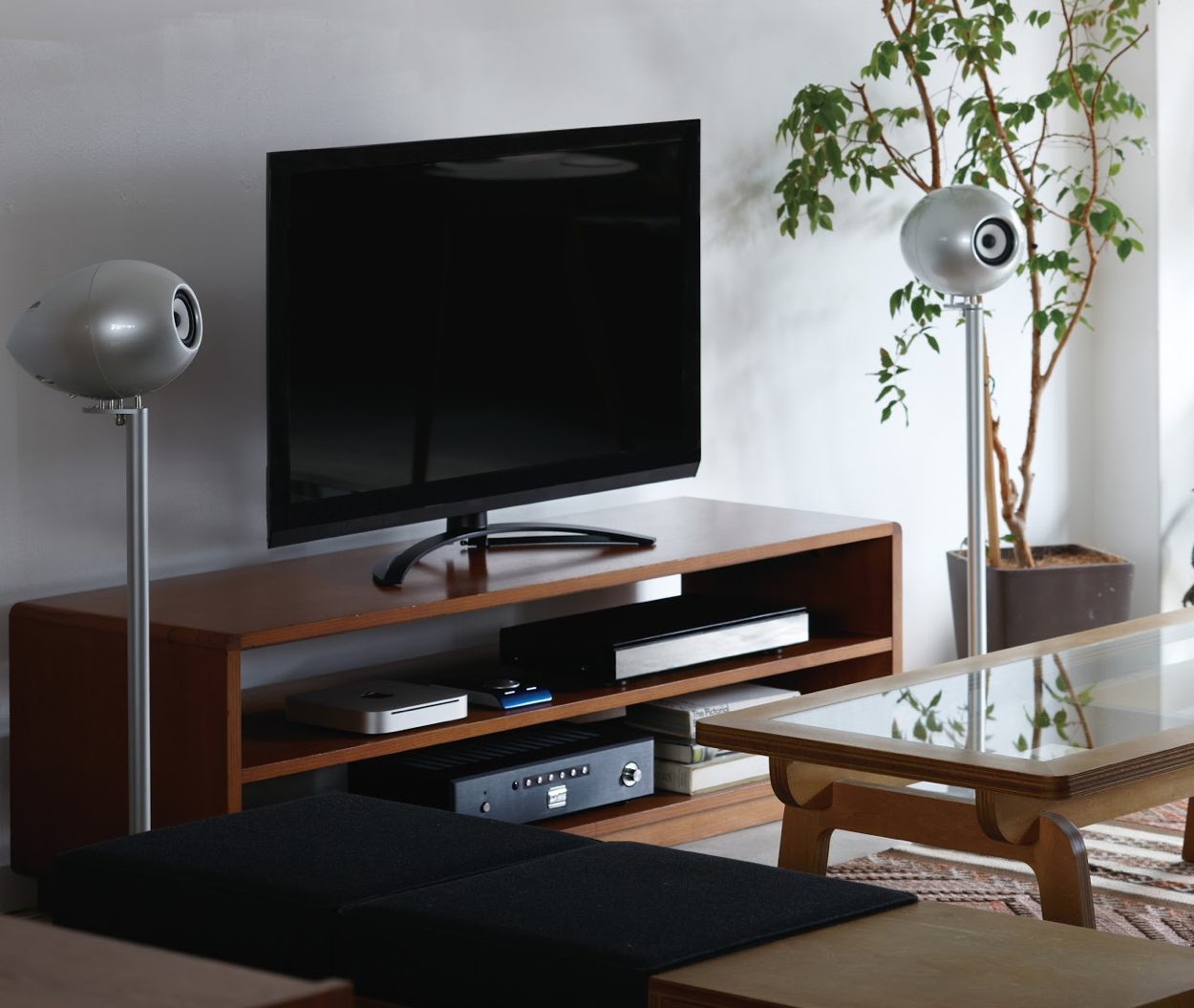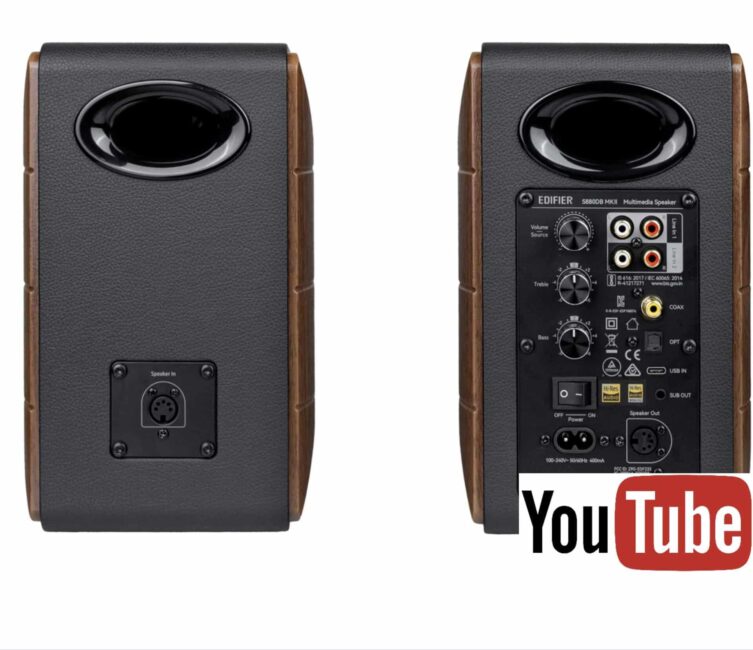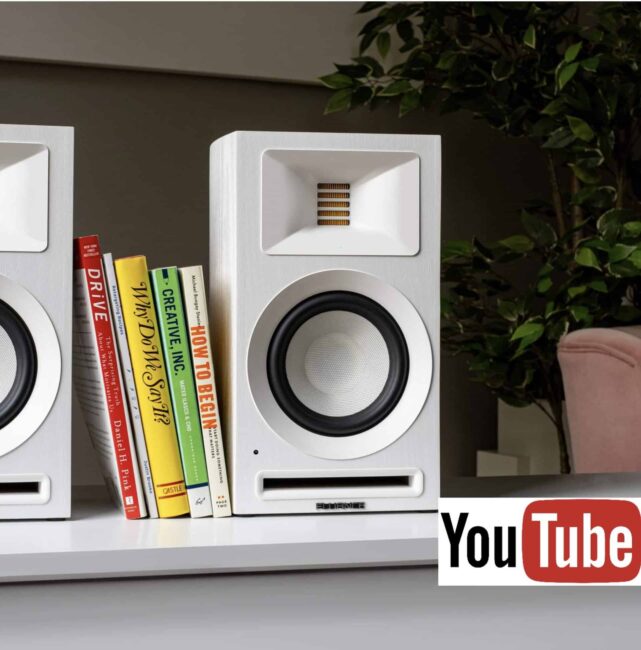The Article
Eclipse TD508 Mk.3: speakers in a pod
27th November 2017
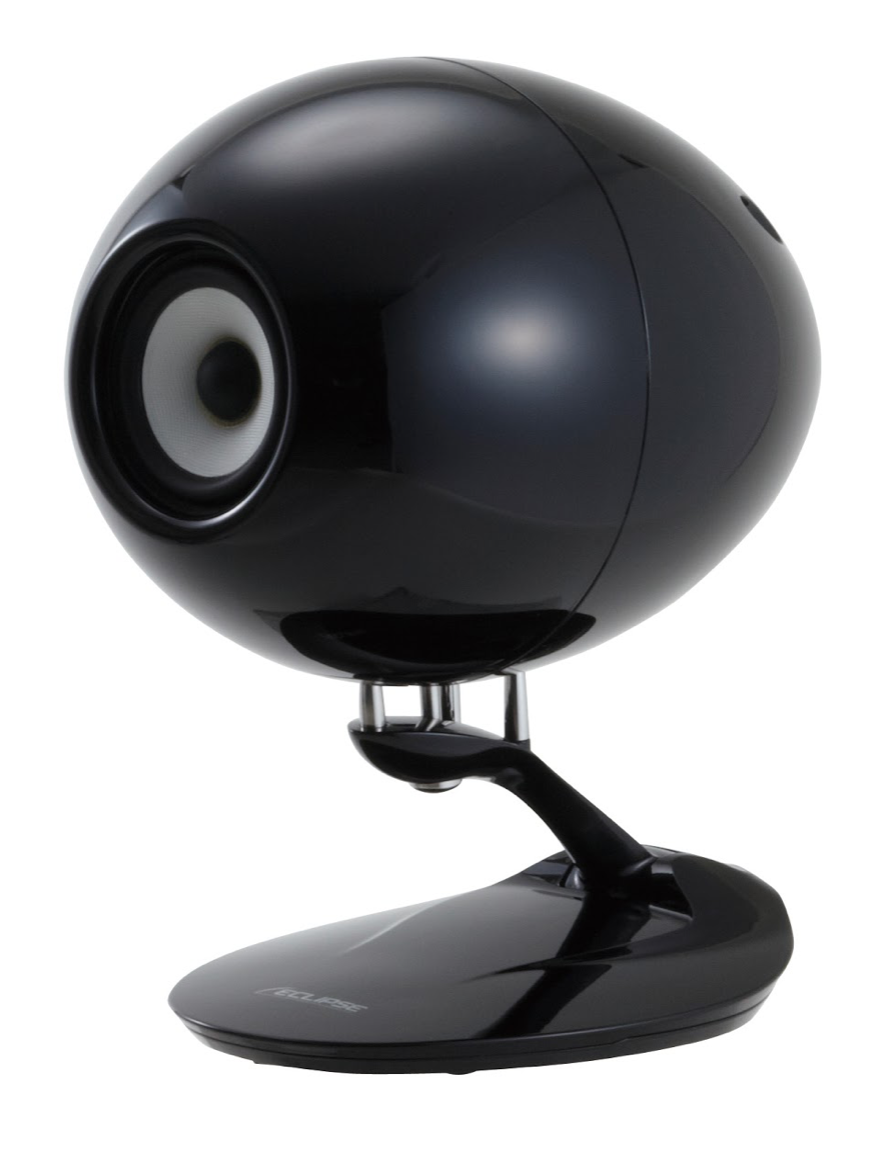
In more recent times, speaker design has become a whole lot more interesting in terms of shape and technology. Paul Rigby listens to one of the prime proponents of the new way of thinking as he reviews the Eclipse TD508 Mk.3 speakers
The last time I reviewed a pair of Eclipse speakers, it was their near-field models, the TD-M1 wireless examples. I liked them but was concerned about a few design frailties. The TD508 speakers represented – at least to me – the first time that the company was able to show exactly what it could do in terms and I was eager to put them to the test via my reference system.
Representing the loudspeaker division within Fujitsu Ten, the speakers use a custom full-range 8cm fibreglass drive unit.
So why the egg-shaped chassis? According to the company, it’s a, “…vibration-eliminating enclosure.” that also includes a “…diffusion stay and mass anchor.”
The latter is a high mass, conical weight placed on the back of the drive-unit magnet. This structure acts as a mass sink, which ‘grounds’ the drive-unit.
The stand-mounted TD508MK3 can be fixed to ceilings and walls with the CB1 bracket (sold separately) and a dedicated set of speaker stands are also available for extra cash.
I hooked the speakers up to my system and…
SOUND QUALITY
I began with vinyl and the 10cc track, I’m Mandy Fly Me, a wholly guitar-centric track where both bass and piano are resident but pushed down into the mix and harmony vocals are dominant.
The most dominant and over-riding feature of the 508s is the upper midrange. These speakers have been designed and positioned to extract as much fine detail as possible. That, it appears, is their aim in life. Because of this, Eclipse push the abilities of this speaker to the utmost. And also, because of that, if your hi-fi system is not balanced and you haven’t taken time and trouble to isolate your hi-fi chain, then you will pay with a midrange that will hold a spotlight at best or, at worse, you might hit a stridency or a brightness that will be harsh and wearing to the ears. The latter, I hasten to add, will not be the fault of Eclipse or of these speakers. The speakers are finely tuned. In the same way that a Formula 1 racing car can respond like a pig if treated incorrectly, you have to know how to get the best from the 508s.
So listen up. Firstly, your system has to be balanced. No accentuated midrange or treble from any components. If you have, forget the 508s. Next? Isolation. If you haven’t removed as much noise and vibration from your hi-fi chain then forget the 508s. Otherwise, the 508s are sensitive enough to play that lot too. Finally? Wi-Fi noise. Turn off your router, your Wi-Fi extenders, your laptop and you phone before you even think about playing music through the 508s. I tried exactly that and, despite running a wholly balanced and well isolated system, the Wi-Fi in my room prompted a strident and slight ringing through the 508s. Once removed, the 508s relaxed. And I did too.
The story of the 508s is one of fine and supreme detail of an open and spacious nature with a clarity that will reveal much that may have been previously hidden even within your favourite and well played albums.
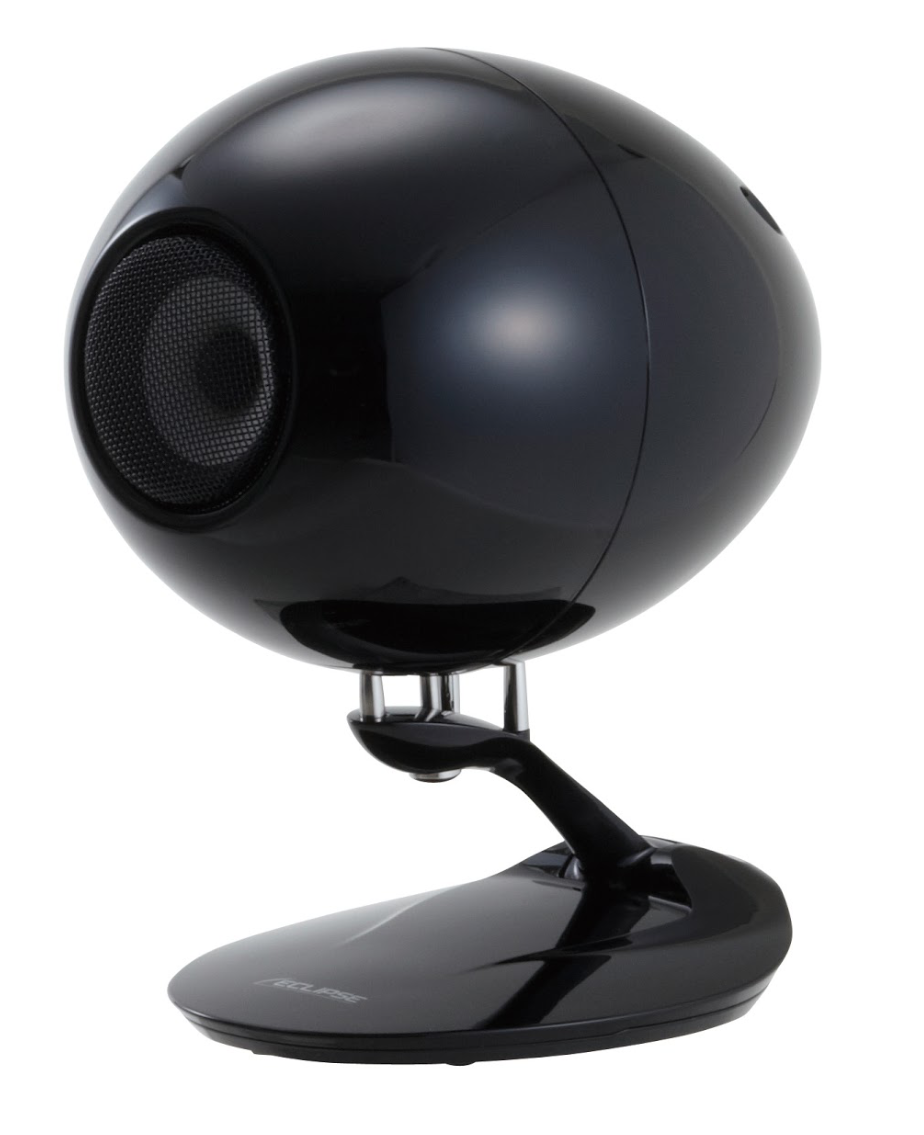
I loved vocal harmonies through the 508s. The vocals presented a group of voices instead of a sonic lump. That is, I could hear individuals singing in the harmony sequences. More than that, I could hear the singers pushing air through the act of their singing. You could hear the effort, in other words.
Bass was surprisingly good from such a small chassis when compared to other similarly sized stand-mounted speakers, being articulate and organic in nature while the normally shy bass guitar and background organ was present and correct. The piano, a big part of the middle-eight sequence of symphonic guitar strumming also played a significant part, giving the track a satisfying balance.
I also played the CD version of Betty Carter’s Most Gentlemen Don’t Like Love on the LP, Now It’s My Turn. Carter’s low frequency delivery is wonderfully breathy and nuanced via the 508s while the transient performance of the piano was excellent. The piano danced and pranced with an impressive focus and accuracy in an almost waltz-like rhythm effusing with a sense of jazz-centric joy. The percussion kept pace with all of this activity, the cymbals offering a treble-based sensitivity and fragility that kept the music light and airy.
CONCLUSION
Treat the TD508 Mk.3 speakers right and they will reward you with a suite of transparent detail that will delight. They are not in the lower frequency power game, the sheer size of the cabinets won’t allow that. Nevertheless, there is enough bass information (and upper frequency splendour) to fool you into thinking that the absence of low frequencies doesn’t matter a whole lot.
They are in the detail game, though. Information, we are told, is king. The Eclipse TD508 Mk.3 speaker must be of royal blood, then.
ECLIPSE TD-508 SPEAKERS
Price: £960 per pair (dedicated stands add £516)
Tel: 020 7328 4499
GOOD: clarity, transparency, tremendous upper mid detail, articulate bass, stylish design
BAD: requires thoughtful installation
RATING: 8
REFERENCE SYSTEM
Origin Live Sovereign turntable
Origin Live Enterprise 12″ arm
Transfiguration Proteus cartridge
Icon PS3 phono amplifier
Leema Elements CD Player
Aesthetix Calypso pre-amp
Icon Audio MB845 Mk.II monoblock amplifiers
Spendor A1 speakers
Vertex AQ & Tellurium Q cables
Blue Horizon Professional Rack System
Harmonic Resolution Systems Noise Reduction Components
All vinyl was cleaned using an Audio Desk’s Ultrasonic Pro Vinyl Cleaner


